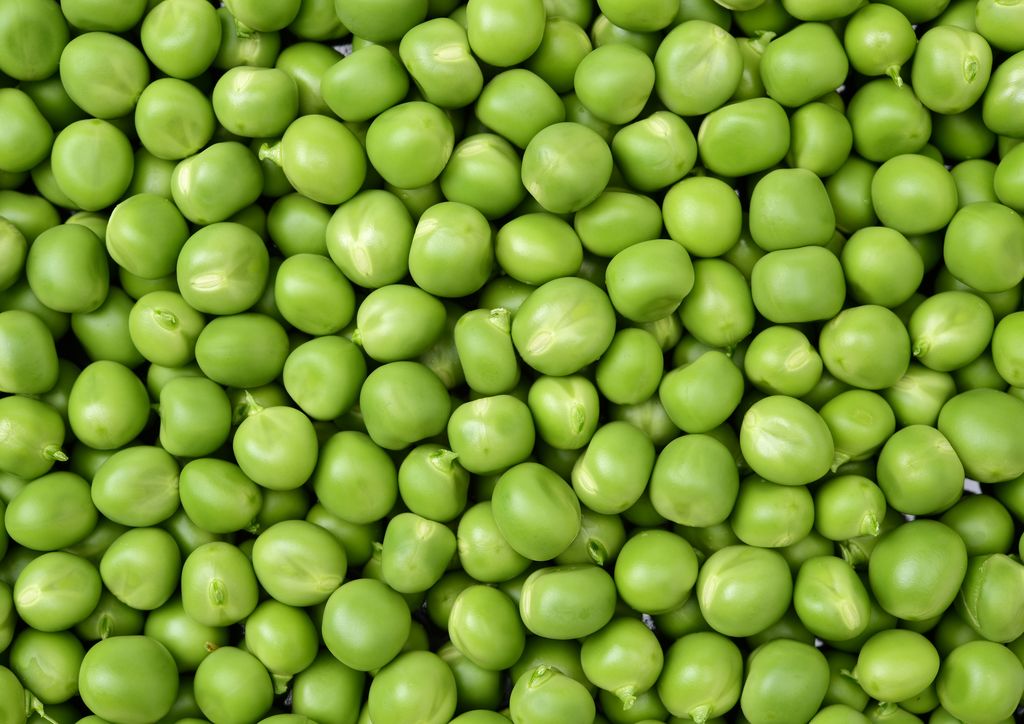Problem
According to data from the Federal Association of the German Meat Products Industry, a decline in meat product consumption in Germany has been recorded for years. In contrast, the consumption of vegan and vegetarian products has grown steadily by approx. 8-10% in recent years. When consciously avoiding products made of meat and animal fat, ethical and ecological aspects such as animal and environmental protection as well as health aspects play a role. But also from the point of view of a growing world population, an increased use of food sources on a plant or microbial basis is inevitable. Although many companies in the meat sector have already recognised these developments and have started to market "sausage products" on a vegetable basis, an expansion of the existing range of products is necessary. At the beginning of the project, there were mainly either spreadable vegetable products on the market or sliceable products which, as still today, can contain animal proteins such as whey or egg proteins for structuring. The development approach often practiced for purely vegetable products, i.e. to produce sausage-like structures from mixtures of dissolved vegetable proteins and/or hydrocolloids with the addition of unstructured vegetable oils or fats, leads to products which, with regard to their texture, have more of a cheese than a sausage character. In addition, there are currently hardly any plant-based sausages that have a raw-fermented-sausage character. There is therefore a need for fundamental research findings, especially in the field of firm, vegan sausage products, which will enable companies to carry out much more targeted product and process development.
Research results
The aim of the research project was to investigate material and process engineering approaches that would enable the development of a variety of vegan sausage products. As a basic hypothesis of the project it was postulated that vegan sausage masses, which are needed for the production of firm vegan sausages with emulsion-type or dry-fermented sausage character, should consist of three different structural elements: (1) non-soluble anisotropic protein fibers with defined water content, (2) partially crystalline fat particles with specific melting profiles, and (3) highly viscous protein suspensions that can be gelled. Such vegan matrices should then be processed into sliceable vegan sausages with different product attributes using established meat technological methods (scalding, drying, fermenting, smoking).
As a replacement for animal fat tissue, similar to the structure of animal adipose tissue, vegetable fat was embedded into a network of plant proteins and enzymatically cross-linked by means of transglutaminase. Protein isolates from soy and pea were successfully used for emulsification and subsequent gelation. The amount of lipids was 70% (w/w) and consisted of canola oil or mixtures of canola oil and vegetable fats. The vegetable protein network was able to counteract the plastic properties of the fat crystal networks up to a certain mixing ratio of canola oil and fat. The vegetable fats thus exhibited elastic properties, similar to animal fat tissue. When incorporated into a vegan salami analogue, depending on the oil-fat mixture used, a visually appealing appearance was obtained during drying, resembling the fat distribution of conventional raw-fermented-type sausages.
For the development of vegan dry-fermented sausage analogs, the glucono-δ-lactone (GdL)-induced gel formation of different plant protein suspensions was investigated, which were successful mainly with soy and pea protein. In order to enable a stronger cross-linking and solidification of the plant protein gels, the addition of transglutaminase (TG) to them was also investigated. It was found that the simultaneous addition of TG and GdL produced the intended stronger cross-linking and increased strength compared to pure GdL-induced gels with typical acid character. The subsequent application of the protein suspensions as binder also confirmed the hypothesis that sliceable dry-fermented sausage analogues can be produced from the components protein fibres, fat particles and highly viscous (soy) protein suspensions using meat technological methods. However, it was found that heating of the dry-fermented sausage analogues is necessary for microbiological safety, since established hurdles (pH, aw, nitrite curing salt, protective cultures) from raw sausage production are not reached or are not present. Using a gelled soy protein suspension as a binder, sufficient strength and cohesiveness of different products could be achieved by different formulations, but both properties could not be achieved simultaneously by one formulation. By using gluten as a binder this goal was achieved and also provided the important insight that adhesion and cohesiveness are essential binder properties for the production of vegan sausage analogs. In summary, the results showed the extent to which the specific properties of the ingredients (binders, emulsion gels, extrudates) as well as their quantity affect the texture and sensory properties of the products. By specifically adapting the recipe and the process, dry-fermented sausage analogues with different textural and sensory properties can be produced.
The characterization of suitable plant proteins powders and emulsion gels to produce vegan emulsion-type sausages showed that non-soluble anisotropic protein fibers are under water-addition crushed high-moisture extrudates. When this highly viscous mass is mixed with protein powder and heat-induced gelation is performed, the highly viscous continuous phase of the vegan emulsion-type sausage is formed. In principle, protein powders from legumes, such as pea and soy, and from oil seeds, such as sunflower or pumpkin, can be used to produce this mass. Depending on the raw material, differences in the texture and elasticity of the gel formation occur. However, stability is not sufficient for a vegan cold or warm consumable emulsion-type sausage. By adding polysaccharides, such as psyllium husk and linseed flour, the mass gets more elastic and can be reheated without counter pressure from a container or casing, whereby the stability is comparable to cold mass. By adding oil or an emulsion gel, elasticity of the vegan mass is weakened extremely. Therefore, fat should not be added.
By detailed metrological and microscopic characterization of the structure of the plant protein masses and their combination with polysaccharides, several raw materials of different botanical families are available for the combination to the desired product.
Economic relevance
The knowledge gained in the project on the composition and processing of vegan sausage products enables companies to produce a wide variety of vegan sausage analogs (hot and cold consumable emulsion-type sausage analogs, dry-fermented sausage analogs) with new structures. From 2014 to 2018, sales of vegan and vegetarian products have already increased from around 150 million euros to 1.1 billion euros. The results of the project thus offer companies in the meat industry technological competitive advantages and an opportunity to compensate for the declining trend in the meat products sector.
Companies that process plant raw materials, especially vegetables, legumes and cereals, could achieve an increase in sales by using main and by-product streams for the production of novel vegan products.







